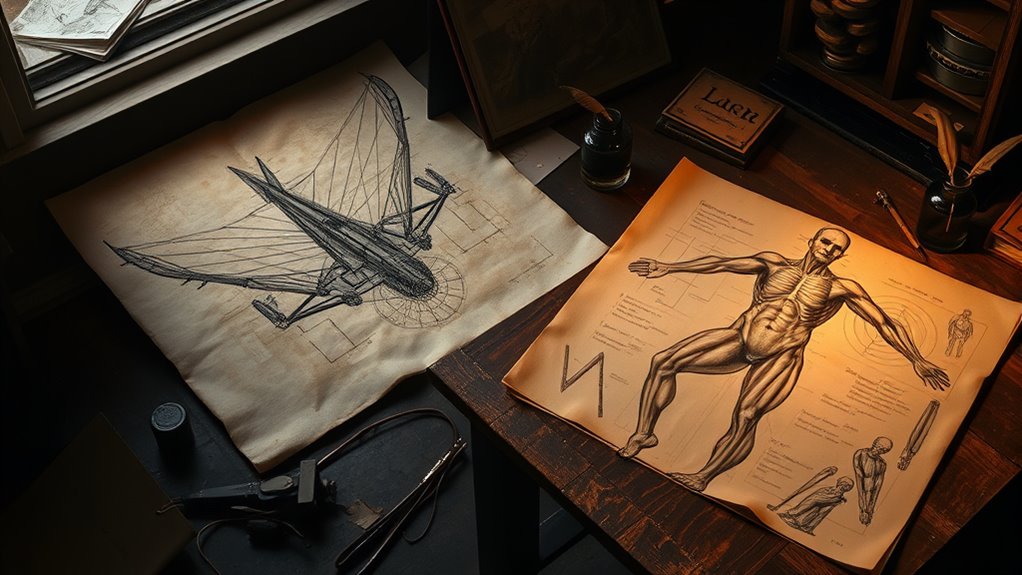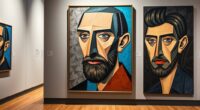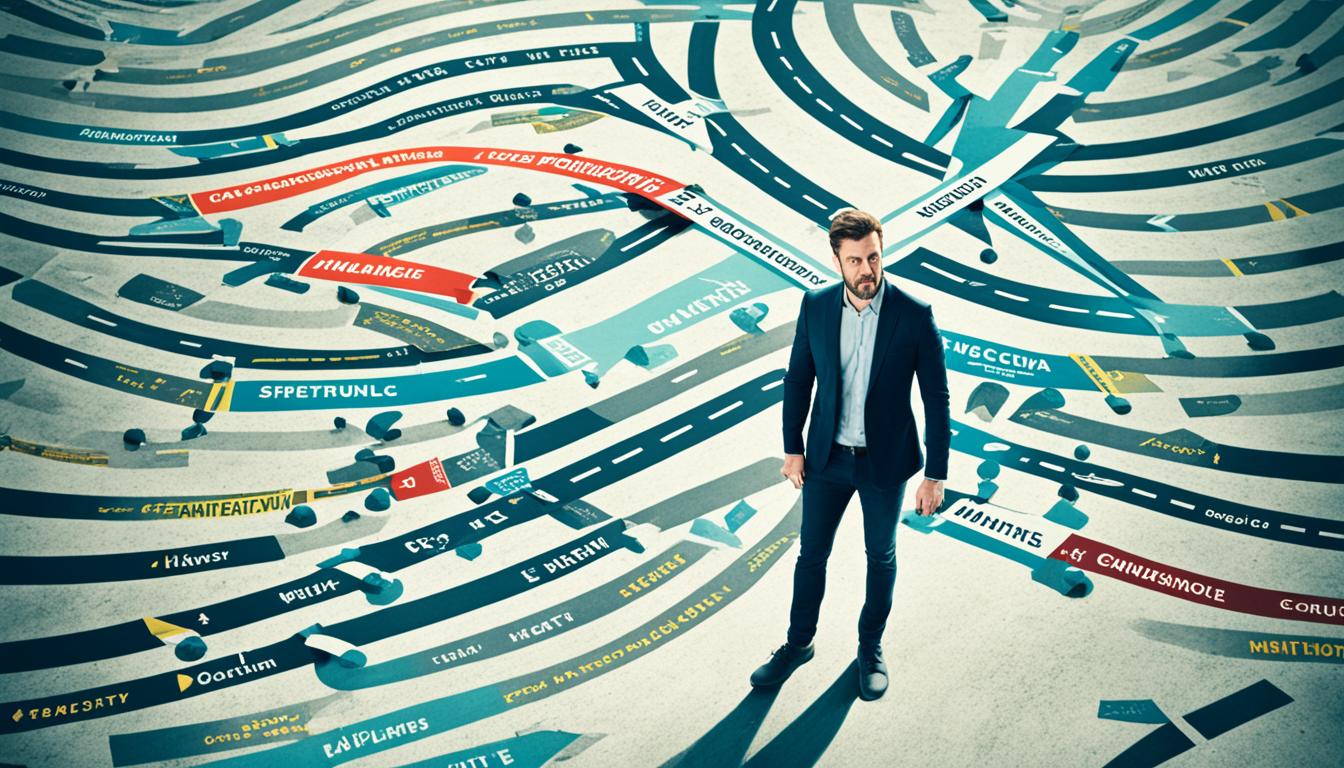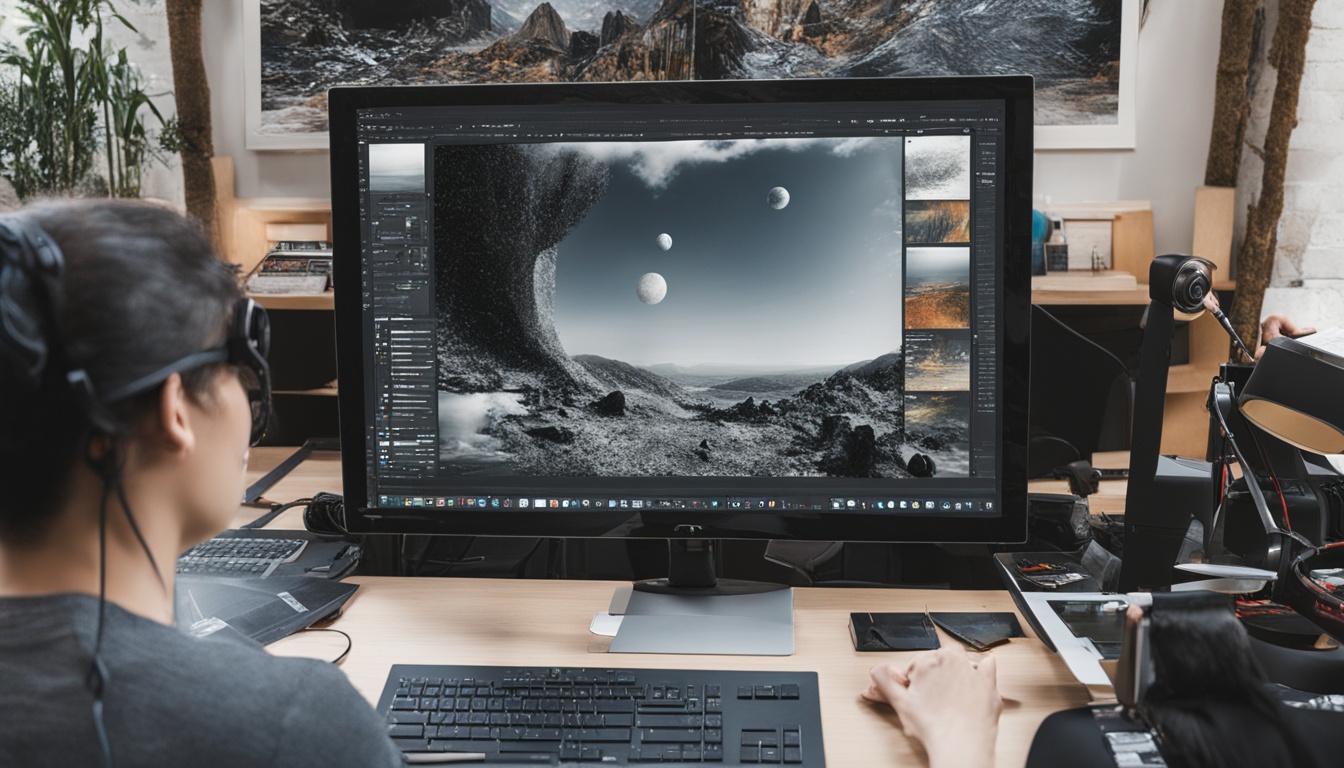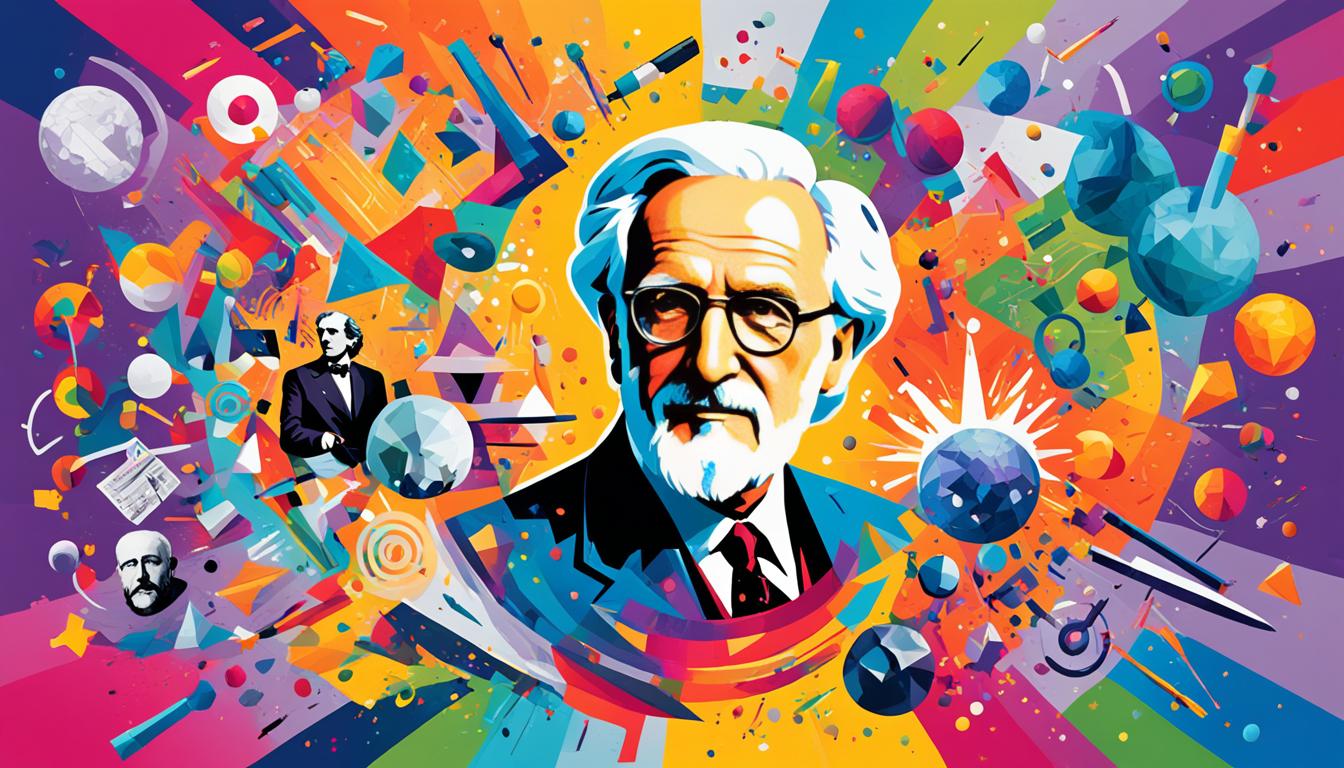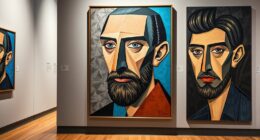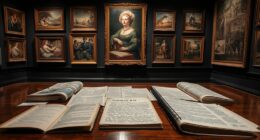When art and science converge in Leonardo da Vinci’s work, you see a perfect blend of observation, creativity, and innovation. He used artistic skill to depict detailed anatomical sketches based on scientific research, pushing the boundaries of both fields. His curiosity and interdisciplinary approach set the stage for modern understanding of the human body and art techniques. Exploring his work reveals how combining these disciplines can inspire breakthroughs—discover more about this fascinating fusion as you continue exploring.
Key Takeaways
- Leonardo da Vinci exemplified the seamless integration of art and science, using observation and creativity to advance both fields.
- His detailed anatomical sketches combined scientific accuracy with artistic mastery, revealing complex human physiology.
- Da Vinci’s work demonstrated how scientific inquiry and artistic expression can complement and enhance each other.
- His interdisciplinary approach set a precedent for future innovations in medicine and art, inspiring modern imaging techniques.
- The convergence of art and science in his studies highlights the Renaissance ideal of holistic knowledge and creative exploration.
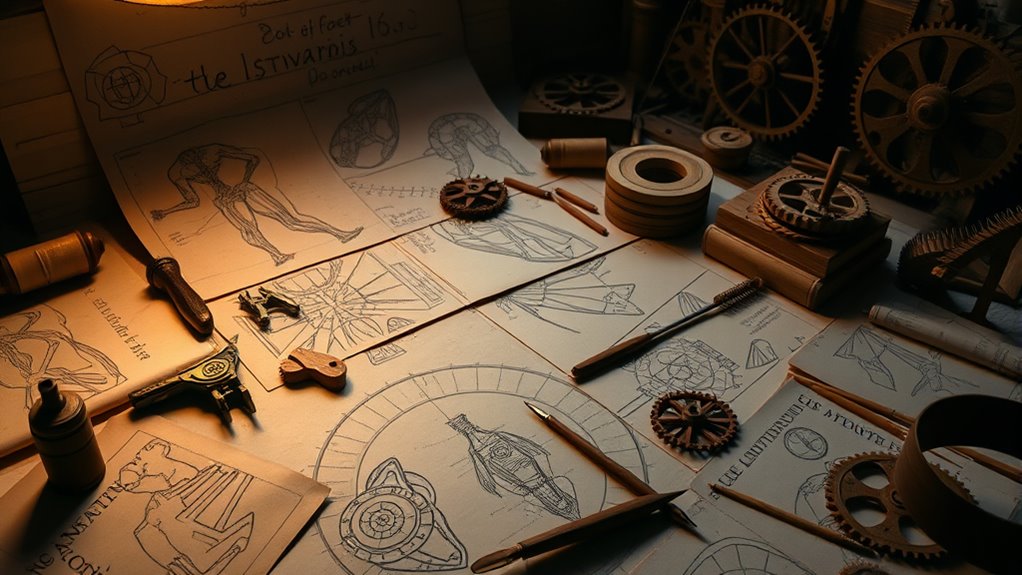
Have you ever wondered what it takes to be a true Renaissance genius? Leonardo da Vinci exemplifies this perfectly, blending art and science in a way that transformed both fields. His work embodies Renaissance innovations—breakthrough ideas and techniques that pushed the boundaries of what was possible at the time. As you explore his life, you’ll see how his curiosity and relentless pursuit of knowledge led to inventions, discoveries, and artistic masterpieces that continue to inspire today. Da Vinci didn’t see art and science as separate; instead, he believed they were interconnected, each informing and enriching the other. This mindset fueled his groundbreaking anatomical sketches, which weren’t just artistic exercises but detailed studies rooted in scientific observation.
His anatomical sketches are a testament to his dedication to understanding the human body. You might imagine him meticulously dissecting cadavers, sketching every muscle, bone, and organ with precision. These drawings went far beyond artistic practice—they were scientific explorations aimed at understanding how the body worked. His sketches reveal an incredible level of detail, capturing the complexity of human anatomy in ways that many of his contemporaries couldn’t even conceive. Through these drawings, da Vinci contributed to the early understanding of human physiology, decades ahead of his time. His anatomical sketches weren’t merely technical; they were artistic masterpieces that demonstrated his mastery of both form and function. These sketches helped pave the way for future medical studies, blending observation, drawing, and scientific inquiry seamlessly. Moreover, Leonardo’s innovative use of color accuracy and detail showcased his commitment to realism and precision in both art and science. His approach exemplifies the Renaissance innovation of merging different disciplines to achieve new insights, making his work a true interdisciplinary achievement. Additionally, modern technology such as 3D imaging continues to enhance our understanding of Leonardo’s detailed anatomical studies.
Leonardo’s approach to anatomical sketches was revolutionary because it combined meticulous observation with artistic skill. You can see how his work exemplifies the Renaissance innovation of merging different disciplines to achieve new insights. His detailed anatomical studies weren’t just about accuracy—they were about curiosity, about uncovering the mysteries of the human body. By pushing the limits of artistic representation, he created images that were both scientifically valuable and visually stunning. This convergence of art and science is what set da Vinci apart—his ability to see beyond the surface and understand the underlying structures of life itself. In doing so, he not only advanced medical knowledge but also demonstrated how creativity and scientific rigor can work hand in hand, inspiring countless generations to come. Modern imaging techniques continue to unlock new details from his sketches, illustrating his lasting influence on both art and science.
Frequently Asked Questions
What Inspired Leonardo’s Diverse Range of Interests?
Your curiosity about Leonardo’s diverse interests stems from his biography and influences, which reveal a lifelong passion for learning. His childhood curiosity sparked a desire to understand how things work, fueling a fascination with both art and science. This blend of influences pushed him to explore various fields, constantly seeking knowledge. His innovative spirit and wide-ranging interests show how his early inquisitiveness shaped his extraordinary contributions across disciplines.
How Did Leonardo’s Scientific Discoveries Influence His Art?
Your scientific discoveries deeply influenced Leonardo’s art by incorporating biological observations and mechanical principles. His detailed studies of anatomy allowed him to create more realistic figures, while understanding mechanical systems helped improve techniques like perspective and movement. You see, these insights enabled Leonardo to blend science and art seamlessly, making his works not only visually stunning but also scientifically accurate, reflecting his belief that art and science are interconnected.
Were Leonardo’S Inventions Ever Built During His Lifetime?
You might wonder if Leonardo’s inventions were built during his lifetime. While many of his ideas, inspired by medieval engineering and innovative artistic techniques, were groundbreaking, most remained just sketches. He designed flying machines, armored vehicles, and advanced tools, but few were constructed then. His inventive spirit, blending art and science, laid the groundwork for future engineering, even if his actual inventions weren’t realized during his lifetime.
What Are Some Lesser-Known Facts About Leonardo’S Personal Life?
You might think you know everything about Leonardo, but uncovering his personal life reveals family secrets and childhood anecdotes that are less known. Despite his fame, he kept some aspects of his life private, showing a more human side. You’ll find that his family relationships and early experiences influenced his curiosity and creativity. These lesser-known facts help you understand Leonardo as a complex individual beyond his artistic and scientific achievements.
How Did Leonardo’S Work Impact Future Generations of Artists and Scientists?
Your work demonstrates how interdisciplinary innovation can transform fields, inspiring future generations of artists and scientists. Leonardo’s artistic scientific legacy encourages blending disciplines, fostering creativity and discovery. His approach shows that combining art and science leads to groundbreaking ideas, pushing boundaries and expanding knowledge. By embracing this integration, you can continue his influence, driving progress and inspiring new generations to think beyond traditional limits, just as Leonardo did centuries ago.
Conclusion
Just like a perfectly balanced symphony where art and science harmonize, Leonardo Da Vinci shows you that true genius blends creativity with curiosity. When you embrace both worlds, you open endless possibilities, transforming ideas into masterpieces. His life reminds you that innovation thrives at the intersection of imagination and knowledge. So, step into his shoes, and let your passions paint a future where science and art dance together, creating a masterpiece only you can craft.
